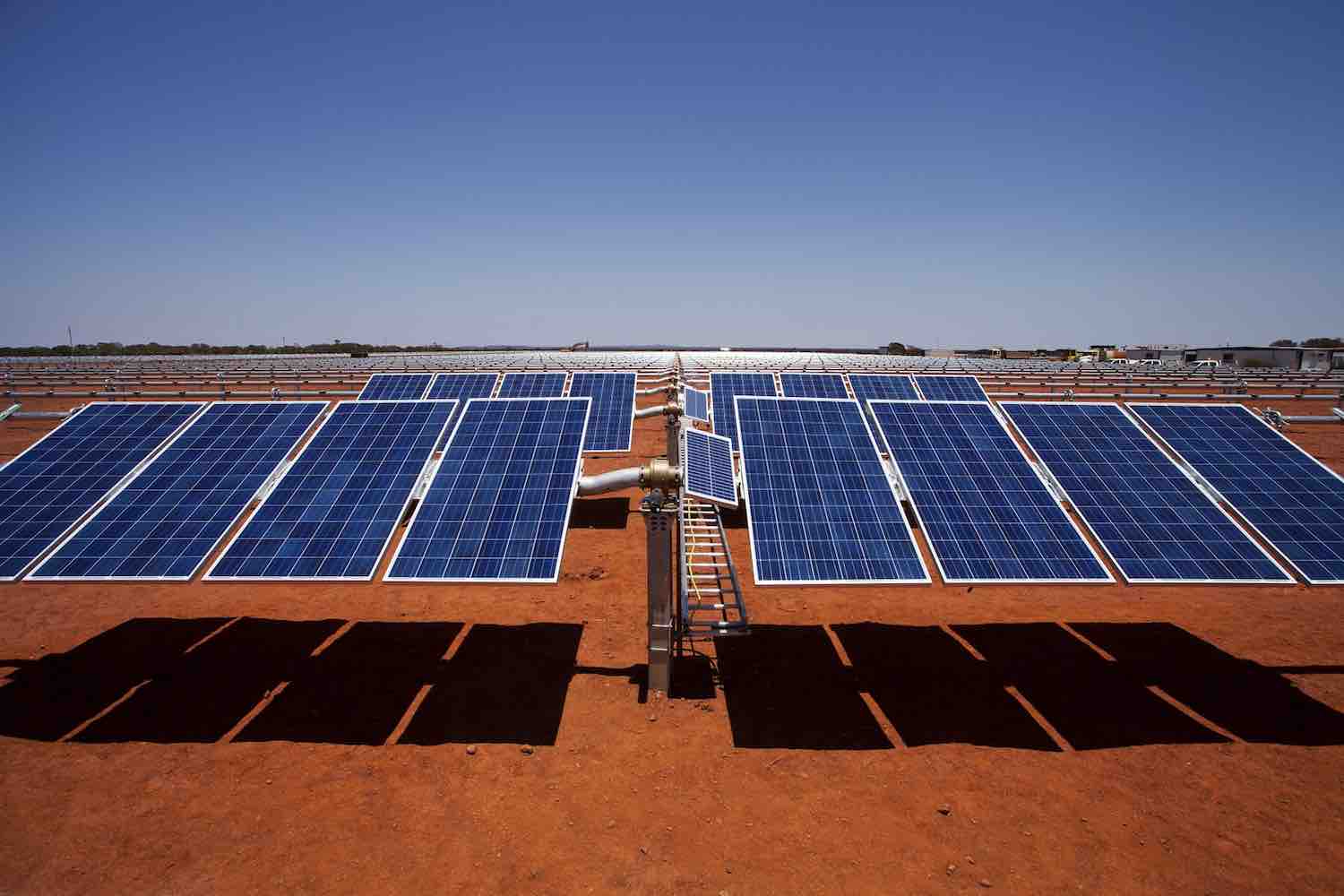
Plico Energy is an Australian company disrupting the energy market by offering Solar as a Service (SaaS) for their members. In return they fully service and maintain all equipment for 10 years as well as act as an aggregator with agency rights on the infrastructure. The Plico difference is in putting power in the hands of the community through enabling Australians to generate their own clean energy, blackout protection and ongoing service and maintenance. The benefit is that you can sell the energy you don’t need back to the grid in the process helping to improve and reshape Australia’s energy future. The core approaches from Plico Energy are based on the following:
In this article, Global Road Technology highlights more about solar energy in Australia basing the discussion on Plico Energy and the Australian solar landscape in general.
Australia is one of the sunniest countries on earth and this also coincides with the need for solar energy as part of the solution to Australia’s current energy industry which is not sustainable. Australia is the perfect country to take advantage of the possibilities of solar power. In figures, Australia sees an average of 58 million petajoules (PJ) of solar radiation each year. That’s wound 10000 times more than the energy it consumes. The Australian continent has the highest solar radiation per square meter of any continent and consequently some of the best solar energy resource in the world. The most common use of solar energy is solar thermal water heating. Solar PV systems in Australia play a key role in off-grid electricity generation in remote areas. December 2018 was the hottest December ever recorded with the mercury reaching an average mean maximum temperature of 40.19°C.
The basics of solar power technology are divided into three ways:
Solar Thermal – involves solar energy into heat energy. Thermal energy can be channeled into turbines in the form of steam to generate electricity on a large scale. Heat energy is also used in hot water and space heating systems.
Solar Photovoltaic (PV) – it skips the thermal step and converts radiation from the sun directly into electricity. The solar panels on house rooftops use solar photovoltaic technology to generate energy.
Solar Thermal/Photovoltaic – a combination of both thermal and photovoltaic technology used to achieve most efficient energy output. These systems can use solar energy to generate both heat and electricity at one time.
A Virtual Power Plant (VPP) is a cloud-based network of solar photovoltaic (PV) and battery systems working together to generate and store energy. This allows participating households and businesses to achieve mostly renewable energy consumption and end reliance on the traditional grid. Plico Energy derives the real value in supporting local infrastructure reliability, voltage issues and reducing energy peaks. The benefit of VPP over doing it by yourself are in being part of a large community energy movement which gives Plico Energy the ability to negotiate with utility authorities and Government regulators as one body. The profits made by the VPP come back to Plico, the community through their local Project Committee. With 1000-plus households and businesses involved, the VPP can provide:
By 2050, 45% of Australia’s electricity is expected to be generated from distributed energy like rooftop solar. Distributed energy describes the vast array of small-scale energy technologies that communicate with each other and respond to signals from the grid. The energy technologies are owned by consumers which includes:
More and more Australians are investing in these technologies and putting power into the hands of consumers. More than 2 million Australians households already have solar panels on their roofs (20% of homes) and tens of thousands of Australians are installing home batteries in their homes to store electricity and provide backup power. Individually this reduces household power bills, but collectively it’s transforming the energy system.
Australian government policies such as the Renewable Energy Target scheme and Clean Energy Initiative’s Solar Flagship Program are putting pressure on large and small businesses to invest in solar PV technology. The Australia Solar Policy had tabled a commitment for renewable energy to supply 33,000-gigawatt hours of Australia’s electricity by 2020. In December 2020, Congress passed an extension of the ITC, which provides a 26% tax credit for solar systems installed in 2020-22 and 22% for systems installed in 2023. Research organisations like ARENA have enabled rooftop solar systems to come with smart energy tools. By tracking the generation and consumption of solar panels’ power, these tools give complete control over energy needs.
Plico Energy is revolutionising energy in Western Australia and offering a disruptive approach to the current Western Australian energy market. There are committed to pushing the boundaries, creating positive change and helping the grid to move away from coal. Australia’s energy future can achieve sustainable levels if solutions are directed towards cleaner, cheaper and more reliable energy. In offering Solar as a Service, every solar battery installed contributes to the cloud-based Virtual Power Plant (VPP) which improves grid reliability, stabilises energy supply and demand, and ends reliance on fossil fuels.
References
Are environmental regulations, health and safety concerns or potential profit loss a concern right now?
Contact Us Now